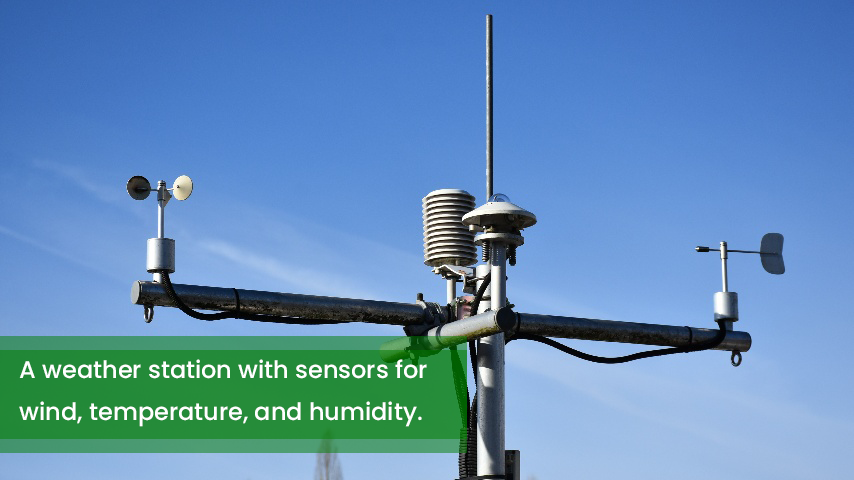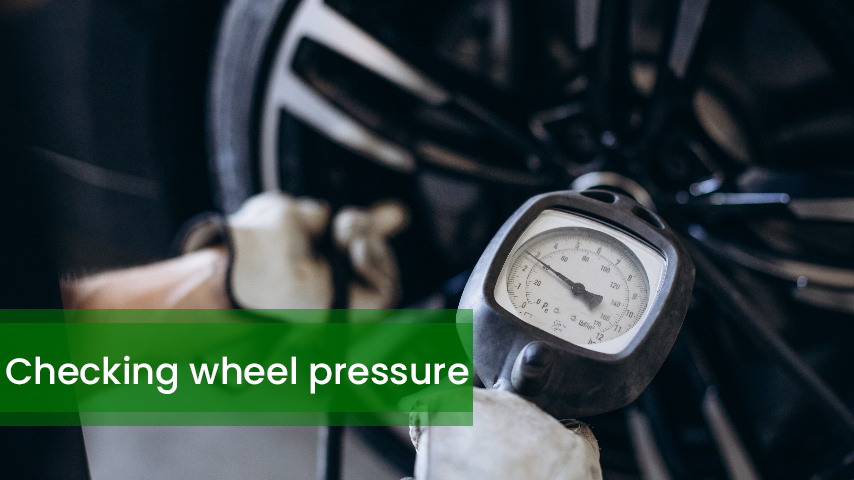Air pressure sensors, fundamental components in a myriad of applications, are devices designed to measure and monitor the pressure of air in various environments. These sensors play a critical role in ensuring the efficiency, safety, and performance of systems in the automotive, aviation, weather forecasting, and consumer electronics sectors, among others. Understanding how air pressure sensors work involves delving into the principles of air pressure sensing, the technology behind these sensors, and their diverse applications.
The Working Principle of Pressure Sensors
Pressure sensors are devices capable of detecting and measuring atmospheric pressure, widely used in meteorology, aviation, automotive, and many other fields. These sensors use different sensing technologies to convert pressure changes into electrical signals, including piezoelectric, capacitive, and resistive technologies.
Detailed Analysis of Sensing Technologies:
- Piezoelectric Technology: Piezoelectric sensors work based on the piezoelectric effect of materials, where internal structure changes produce electrical charges under pressure. These sensors are valued for their high sensitivity and rapid response time, making them essential in high-precision laboratory equipment and precise industrial processes.
- Capacitive Technology: Capacitive sensors measure pressure changes by detecting variations in the capacitance between two metal plates. As atmospheric pressure alters, the distance between the plates changes, modifying the capacitance. This technology is suitable for weather stations, providing high-precision atmospheric pressure readings crucial for accurate weather forecasting.
- Resistive Technology: Resistive sensors operate by detecting changes in resistance caused by pressure variations. These sensors are simple, cost-effective, and widely used across various industries and automotive applications.
Case Study:
The use of capacitive pressure sensors in weather forecasting stations serves as an excellent example of how accurate pressure measurements can significantly enhance forecast accuracy, crucial for planning outdoor activities and aviation flight schedules.
In meteorological stations, capacitive pressure sensors are used to measure atmospheric pressure. As the altitude changes or weather systems (such as high and low-pressure systems) move, atmospheric pressure varies. By continuously monitoring these pressure changes, meteorologists can track the movement of weather systems and predict weather changes (such as clear, rainy, or stormy conditions), thereby improving the accuracy of weather forecasts.
Capacitive pressure sensors typically consist of two parallel metal plates, with the space between them filled with an insulating material (dielectric). When external pressure is applied to the sensor, the distance between these two metal plates changes, thereby altering their capacitance (the ability to store charge). The change in capacitance is directly proportional to the applied pressure, and by measuring this change, the external pressure can be accurately calculated.
The high sensitivity and accuracy of capacitive pressure sensors make them indispensable tools in meteorological forecasting. Accurate pressure measurements help forecasters better understand the subtle changes in atmospheric pressure, which often indicate significant weather condition changes. Moreover, these sensors can operate stably under extreme weather conditions, ensuring the continuity and reliability of the data.
Technology Comparison:
Comparing these technologies reveals that piezoelectric sensors excel in precision and response speed but come at a relatively higher cost. Capacitive sensors perform excellently in stability and accuracy, ideal for meteorological measurements. Resistive sensors are favored for their cost-effectiveness and wide applicability across multiple fields.

Applications of Pressure Sensors in the Automotive Industry
Resistive sensors are devices that measure pressure by utilizing the principle that resistance changes with pressure changes. The core components of these sensors are usually made from materials sensitive to pressure changes. When external pressure is applied to these materials, their physical form changes, leading to a change in resistance. This change can be precisely measured through a circuit and converted into pressure readings. Due to their simple structure and cost-effectiveness, resistive sensors are particularly popular in industrial and automotive applications.
In automotive applications, resistive sensors play a crucial role. They detect pressure changes by measuring changes in resistance, and their simplicity and cost-effectiveness make them an indispensable tool in automotive and industrial environments. For example, in automotive engine management systems, resistive sensors are responsible for monitoring pressure changes in the intake manifold. This data is used by the Engine Control Unit (ECU) to adjust the air-to-fuel ratio, optimizing fuel efficiency and reducing emissions. Beyond performance optimization, resistive sensors also play a key role in enhancing driving safety. They are used to monitor pressure changes in systems that trigger airbag deployment instantaneously during a collision. Additionally, their application extends to vehicle stability and rollover prevention systems, continuously monitoring system pressure to ensure vehicle safety and stability under various driving conditions.
Through the innovative application of these technologies, resistive sensors not only improve the performance and efficiency of vehicles but also significantly enhance passenger safety and comfort. With technological advancements and the continuous pursuit of cost-effectiveness, resistive sensors will continue to play an important role in the automotive industry, driving further improvements in safety and efficiency.

Future Trends in Pressure Sensors
Integration with the Internet of Things (IoT):
With the rapid advancement of IoT, pressure sensors are increasingly integrated with IoT devices, enabling remote monitoring and data analysis. In smart homes and industrial automation, real-time data from pressure sensors can be used to monitor environmental changes and optimize system performance.
New Materials and Technological Innovations:
The application of new materials (such as nanomaterials) and technologies (like MEMS technology) has made pressure sensors smaller, more precise, and more durable. These innovations not only meet the needs of current applications but also open doors for future applications such as wearable devices and extreme environment detectors.
Future Application Prospects:
Pressure sensors are expected to play a larger role in emerging fields like environmental monitoring, healthcare, and smart cities. For example, pressure sensors could monitor the impact of climate change on high-altitude areas, providing valuable data for scientific research.
Through these detailed analyses and case studies, we can see the extensive applications of pressure sensors across different fields and their potential for future development. With technological progress and the application of new materials, pressure sensors will continue to play a key role in various industries, bringing more innovation and improvements.
Post time: Feb-21-2024

